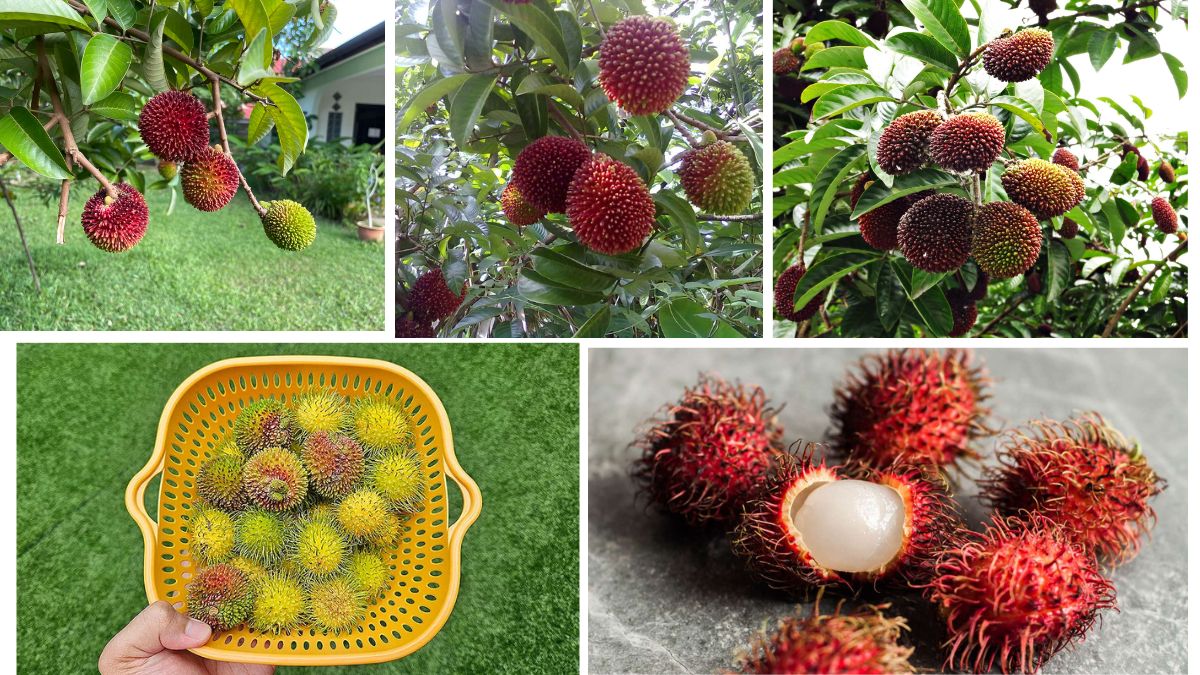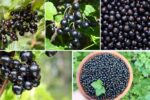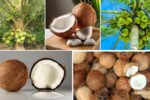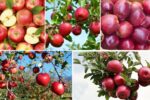Pulasan (Nephelium ramboutan-ake) is a lesser-known but highly prized tropical fruit native to Southeast Asia. Closely related to rambutan, pulasan boasts a sweeter, more concentrated flavor, with juicy white flesh that separates easily from the seed. While it remains relatively obscure on the global stage, pulasan is gaining attention among fruit enthusiasts and niche markets abroad. As international demand grows, several Southeast Asian countries are beginning to establish themselves as key pulasan exporters.
In this article, we’ll explore the top pulasan exporters in Southeast Asia, focusing on export volumes, major markets, cultivation practices, and trade challenges. We’ll also look at why pulasan remains a niche export and what the future might hold for this delicious but underappreciated fruit.
1. Malaysia – The Undisputed Leader
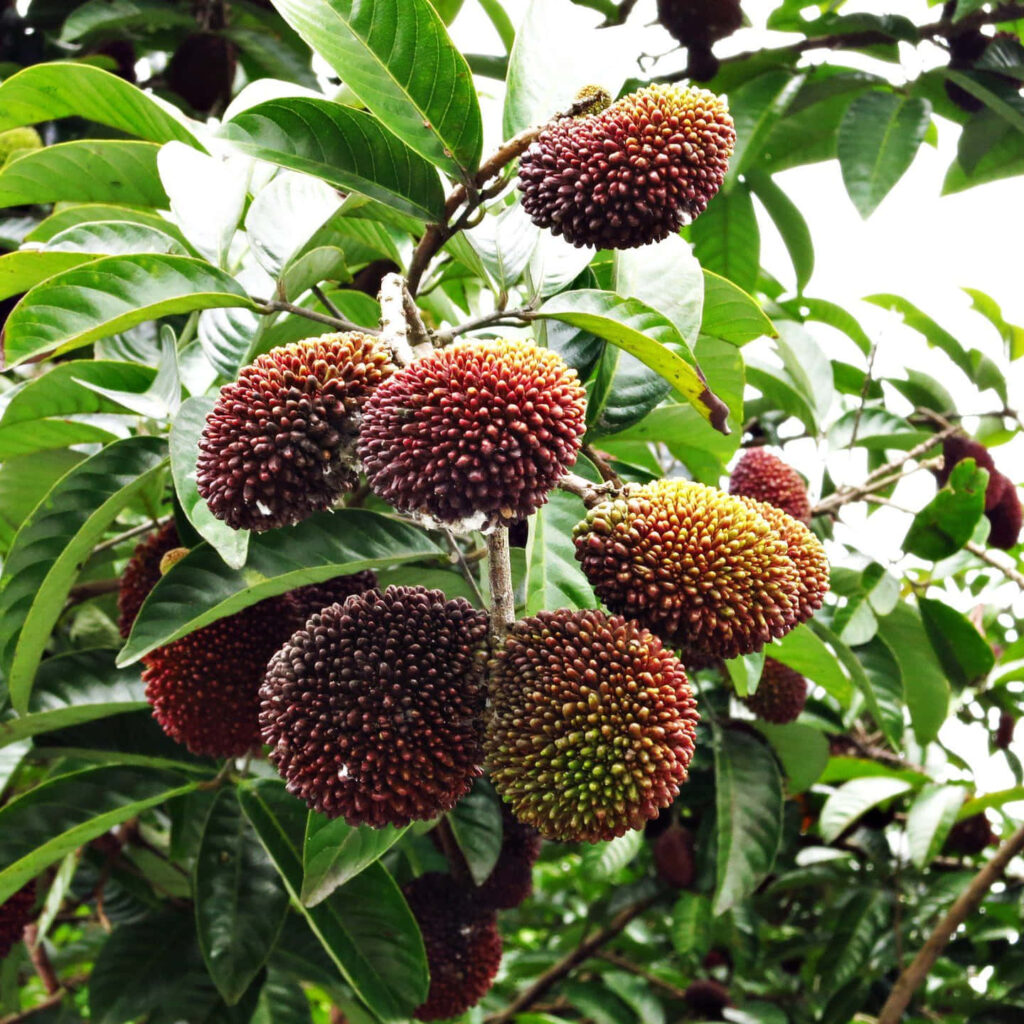
Malaysia is widely recognized as the top exporter of pulasan in Southeast Asia. The fruit is native to Peninsular Malaysia and is deeply rooted in the country’s agriculture and cultural heritage. Most of the commercial and semi-commercial pulasan orchards are located in the states of Kedah, Perak, Selangor, and Johor.
Key Export Strengths:
- Abundant Orchards: Malaysia has the highest density of pulasan trees in the world, especially in smallholder farms.
- Superior Taste and Quality: Malaysian pulasan is known for its sweetness, soft texture, and easy-to-peel skin.
- Proximity to Regional Markets: Neighboring countries like Singapore, Thailand, and Brunei are accessible via land and sea transport.
- Agrotourism and Branding: Malaysia is actively promoting its rare fruits through fruit festivals and export showcases.
Export Destinations:
- Singapore: The largest importer of Malaysian pulasan due to close proximity and high demand for premium tropical fruits.
- Brunei: Imports small quantities of high-quality pulasan for seasonal sales.
- United Arab Emirates & Hong Kong (in trial exports): These regions have emerging niche markets for exotic tropical fruits.
Limitations:
- Pulasan is mainly exported fresh and in small quantities due to its short shelf life and perishability.
- Lack of cold chain infrastructure limits large-scale overseas expansion.
2. Indonesia – An Emerging Contender
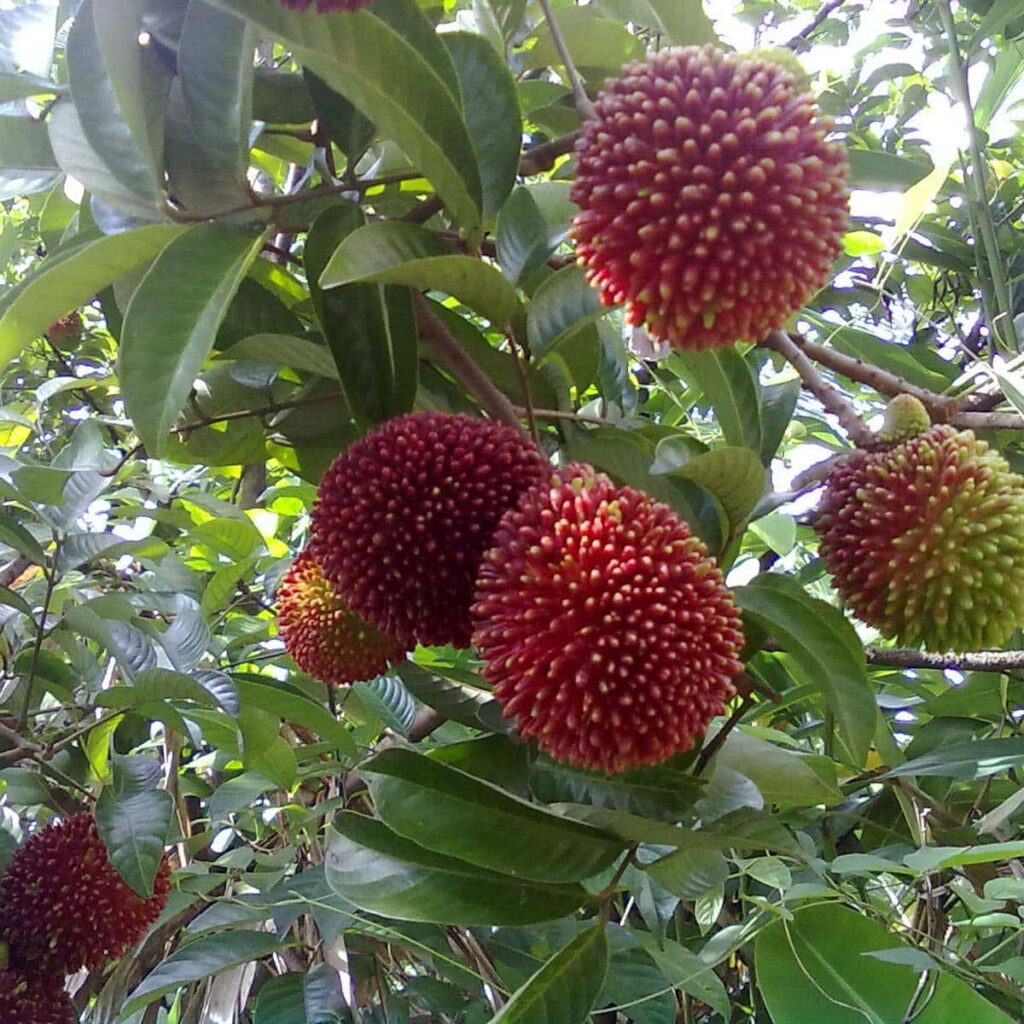
Indonesia is another important player in pulasan production and trade, particularly in Sumatra and Java. Though Indonesia is more focused on rambutan and durian, pulasan is cultivated in traditional orchards and mixed gardens.
Export Characteristics:
- Regional Trade: Indonesia exports pulasan mainly to Malaysia, Singapore, and Brunei during peak fruiting seasons.
- Local Market First: Much of the harvest is consumed domestically due to high local demand and limited post-harvest handling facilities.
- Organic Potential: Indonesia has significant potential to market organically grown pulasan, especially from small farms using traditional practices.
Challenges:
- Limited Export Infrastructure: Many producers lack access to advanced packaging and cold storage facilities.
- Inconsistent Quality: Variations in farming methods affect the fruit’s uniformity and export suitability.
- Low International Awareness: Pulasan is overshadowed by other tropical fruits in Indonesia’s export portfolio.
Despite these limitations, Indonesian farmers and exporters are slowly recognizing pulasan’s market potential and are working toward improving standards.
3. Thailand – Small Volumes, High Quality
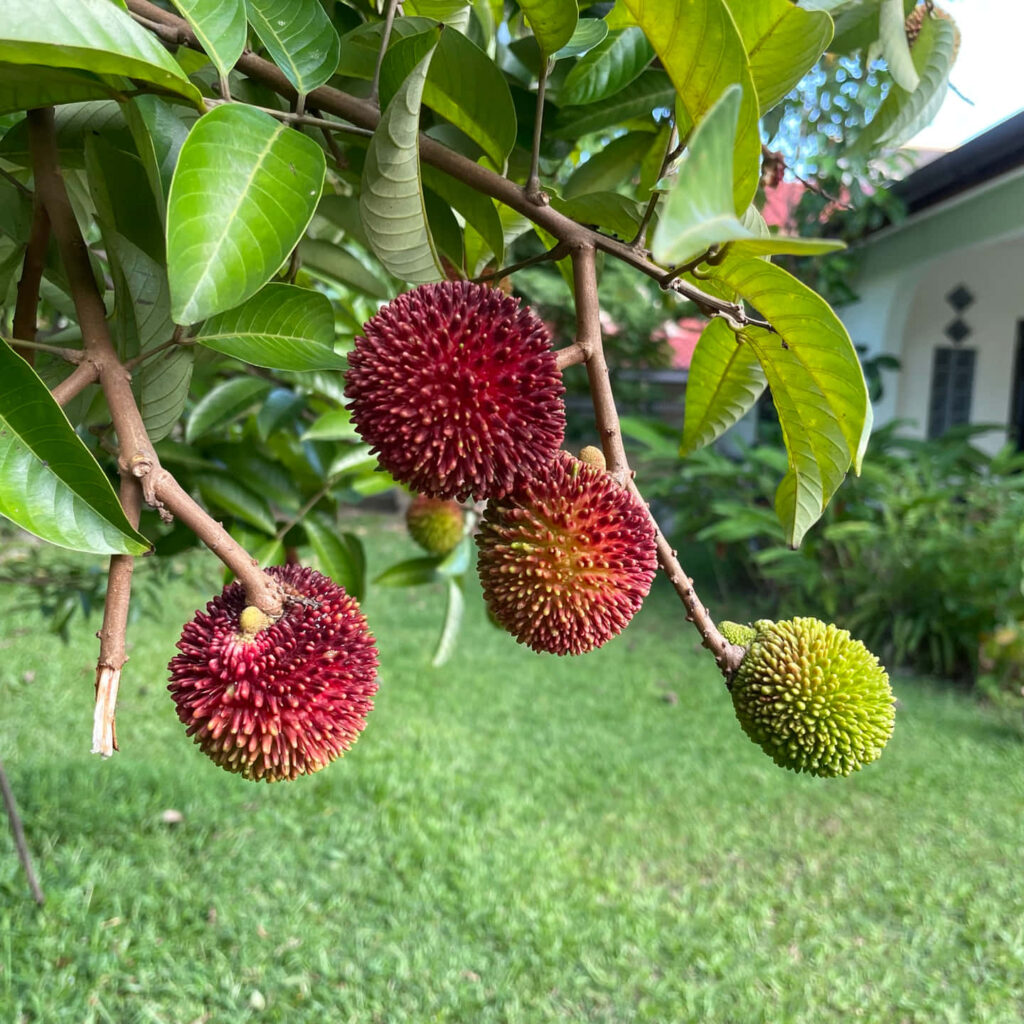
Thailand is globally known for exporting tropical fruits like durian, mangosteen, and longan. Pulasan is not native to Thailand, but small-scale cultivation exists in the southern provinces such as Narathiwat, Yala, and Songkhla—areas bordering Malaysia where cultural and agricultural practices overlap.
Export Status:
- Boutique Shipments: Thailand exports pulasan in small, high-quality batches, mostly to Singapore, Malaysia, and Hong Kong.
- Specialty Markets: Thai pulasan is sold in fruit boutiques and high-end markets that cater to rare fruit enthusiasts.
- Experimental Cultivation: Thai horticulturalists are conducting trials to expand pulasan acreage with improved grafting techniques.
Limitations:
- Pulasan remains a minor crop in Thailand compared to rambutan and lychee.
- Export is constrained by volume and perishability, similar to other producing countries.
Thailand’s focus remains on quality rather than quantity when it comes to pulasan exports.
4. Philippines – Small-Scale, Domestic Priority

In the Philippines, pulasan is grown mainly in Mindanao, where the climate closely resembles that of Malaysia and Indonesia. While pulasan is available in local markets and occasionally featured in fruit shows, it is not yet a major export commodity.
Trade Overview:
- Limited Export Volumes: Exports are almost negligible and mostly experimental or part of academic exchange programs.
- Local Consumption: Most production is consumed locally, especially in regions with Malaysian cultural influences.
- Potential for Growth: With the Philippines’ strong agricultural export infrastructure, there is potential to expand pulasan exports with proper investment.
Constraints:
- Lack of Commercial Scale Production
- Low Awareness Among Growers and Exporters
- High Transportation Costs for Perishable Fruits
Still, the Philippines may become a future exporter as interest in exotic fruits continues to grow.
Key Factors Influencing Pulasan Export Success
Pulasan’s limited presence on the international stage can be attributed to several common challenges across exporting nations:
1. Short Shelf Life
Pulasan has a very limited post-harvest window, often less than 5–7 days, which restricts long-haul exports unless refrigerated or frozen.
2. Fragility
The fruit bruises easily, requiring careful packaging and cold chain logistics to ensure it reaches consumers in good condition.
3. Low Global Awareness
Pulasan remains largely unknown in Europe, the U.S., and East Asia outside of niche circles. This hampers demand and investor interest.
4. Lack of Cultivation Data
Few countries have official statistics on pulasan yield, acreage, or export figures, making it hard to track or promote the fruit commercially.
Future Opportunities for Pulasan Export
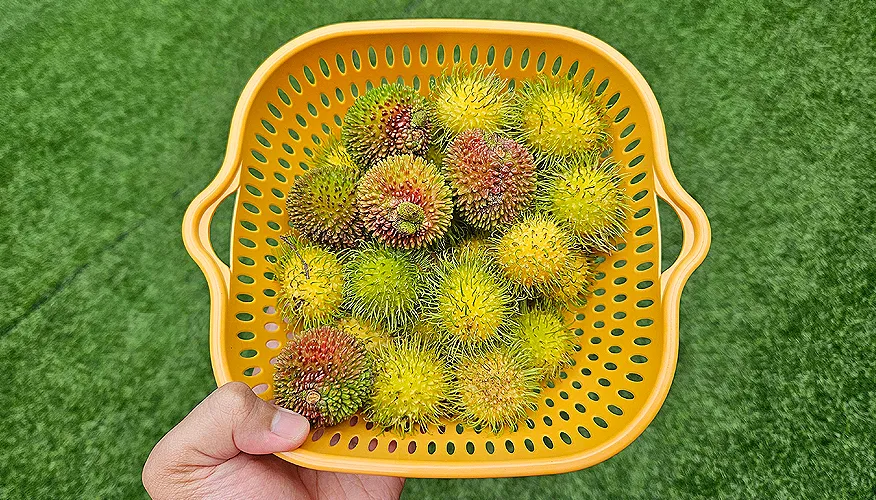
Despite its challenges, pulasan has significant export potential, especially among consumers looking for unique, health-rich, and exotic fruits. Here are some trends and strategies that could help Southeast Asia boost pulasan exports:
1. Improved Post-Harvest Technology
Investing in better cold storage, vacuum packaging, and modified atmosphere shipping can extend shelf life and open up distant markets.
2. Value-Added Products
Pulasan can be transformed into juices, jams, dried snacks, or frozen pulp—products that are easier to store and transport than fresh fruit.
3. Organic Certification and Branding
With a focus on organic farming, pulasan could appeal to health-conscious consumers, especially in markets like Japan, South Korea, and Europe.
4. Agrotourism and Online Sales
Showcasing pulasan orchards through tourism and offering direct-to-consumer shipments via e-commerce platforms can boost visibility and profitability.
5. Regional Collaboration
Southeast Asian countries can work together through ASEAN to create shared standards for pulasan export quality and joint promotional campaigns.
Conclusion
Pulasan remains one of Southeast Asia’s hidden fruit treasures, and Malaysia stands tall as the region’s top exporter, followed by emerging contributors like Indonesia, Thailand, and the Philippines. While pulasan exports are currently limited in scale, the fruit’s rich flavor, exotic appeal, and increasing consumer interest in rare produce present a golden opportunity.
With strategic investments, improved post-harvest handling, and effective marketing, Southeast Asia could elevate pulasan to the global stage—offering the world not just a new fruit, but a sweet symbol of the region’s tropical abundance.
